The Slow Movement and Why it’s Time to Take a Slower Pace

Everyone is acting like we can’t afford to rest. It isn’t an option to take a slower pace due to a fear that we’ll be left behind. If we stop there’s always a worry in us that we won’t be well informed enough, that we’ll miss out on something important or that perhaps, more practically, we will be fired from our workplace, fall behind finically, and live a life of regrets. And although people have been feeling rushed since the industrial revolution, in today’s world the metaphor of being in a rat race feels truer than ever before.
Is there a way to get out of it? In any event, should we slow down? Back in the time of the first cars or the invention of the telephone, speed equalled success and information meant wealth. We embraced the mass produced goods in our homes and later on we were delighted to send the first e-mails to our loved ones. Speed has always been synonymous with innovation and development that moved our world ahead.
However, despite this, a movement that advertises the benefits of slowing down appeared on the horizon at the end of the 1980’s. An italian gastro blogger, Carlo Petrini, had had enough of globalization (in this case the opening of a McDonalds’ restaurant) which, in his opinion, threatened the authenticity of both the Spanish Steps in Rome and, more importantly, of local food production.
This then started the Slow Movement which, at that time, focused only on food, with the initial aim of defending regional traditions, good food, gastronomic pleasure and a slow pace of life, hence its name: a movement against fast food. 3 years later, in 1989 the international Slow Food movement was officially founded in Paris and the Slow Food Manifesto was signed.
In over almost 3 decades the movement has evolved to embrace a comprehensive approach to life, and now the slow concept appears in such areas as travel, parenting, reading, media, film and design.
Slowing down means to take a slower pace in every area of our lives
To do fewer things and to do them well. It isn’t about living at a slow speed; rather, it is a mindset, a way of life where quality is more important than quantity.
It allows us to arrive back to our natural pace, to connect and feel more at peace. This can be achieved by learning to say no to a lot of unnecessary things and by sorting out the clutter and the unconscious bad habits that keep us in a frenzy, and the objects that rob our time and money with their need for maintenance.
It isn’t about traveling back in time or about trying to do what our grandparents did because they didn’t have to try to find balance in a digital world! Neither is it about escaping to Asia with a backpack: not all of us can do, afford, or want to. It is about making our everyday living sustainable in this century and in this western system where we are constantly bombarded with messages like “working overtime is the way to success in our career.”
Thanks to innovations, the time that we used to spend on keeping the household, traveling, and communicating has shrunk, but we don’t use our free time to rest—instead we can’t stop! We fill our days with messing around on the internet, compulsively checking our email and Facebook.
Our opportunities have widened but they now seem to be too many and, since we can’t decide which one to take, we want them all. We are constantly well-informed about what’s happening in the world but the fact that we can’t control the events makes us feel small and vulnerable.
One of the typical sensations of today’s rushed world is the feeling of having no control over our lives.
We tackle never-ending to-do lists, procrastinate a lot and rush through the years without doing what really makes us happy, bonded and balanced.
Somehow we never feel like finding peace. The possible way out, or reset button, is to set up our own principles and priorities and learn how to spot the difference between our wishes and the outer expectations. If we can know ourselves, we’ll be courageous enough to exercise our no muscle. We can set
an intention to draw the line and say no to overly demanding jobs, to the media, and to the impulse to keep moving faster and faster.
The point is to focus on prevention and learn to rely on ourselves.This way we can avoid a situation where our stress levels start to affect our health and happiness. Learning to slow down is not only a direct path to peace, but also necessary for our health and overall well-being.
Today, I challenge you to find one small area of your life where you can practice slowing down.


This Month's Letter
From the Editor
Monthly motivation and food for
thought from our founder.

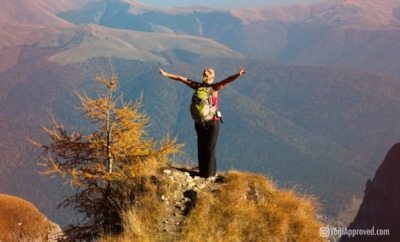


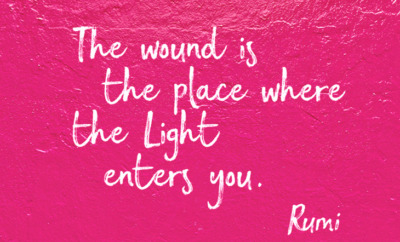

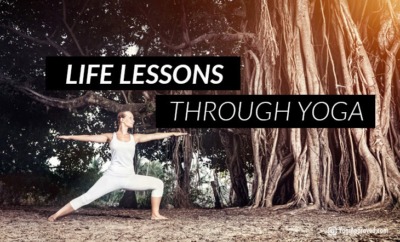





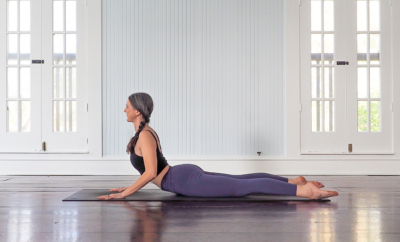



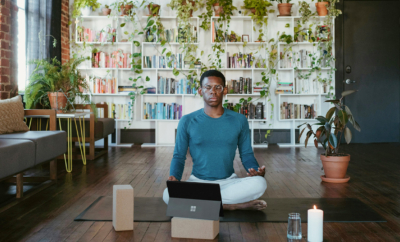












Comments